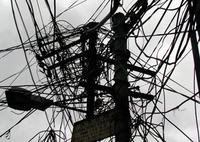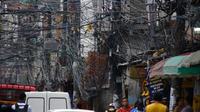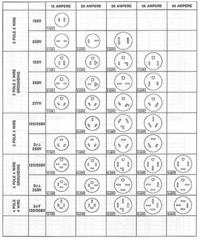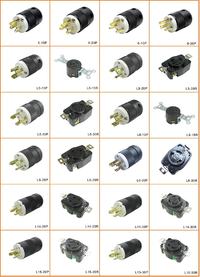bernanio wrote: in Poland it is much safer, because each current leakage through the ground from the MV or HV line is treated as an earth fault and the line is switched off
Will the protection of the 15kV line work when it falls to the ground?
From what I've heard, there is a problem with that. [/ Quote]
If the conditions for the protection operation are met, then yes.
If the wire falls to the ground or, for example, rests against a tree or branch, the insulator breaks and a current leakage appears (too small for the protection to work), which will reduce the potential of a given phase in relation to the ground, which in turn will result in the appearance of voltage in the open triangle circuit at the station and the activation of AWSC (Automatic Active Component Forcing), which in turn will cause the flow of greater current and capture its leakage in a given outgoing field. It happens that the protection will not work because the conditions are not met, e.g. in a sandy area. On the other hand, too high sensitivity will cause the line to switch off when the insulator becomes dirty with "dust"











